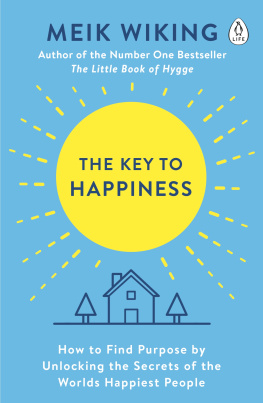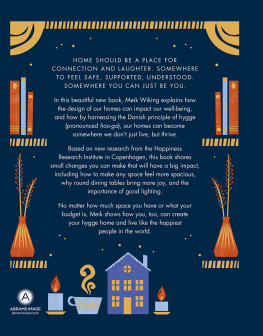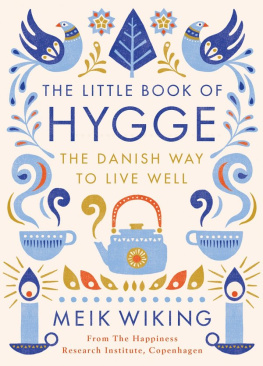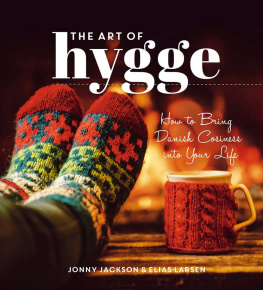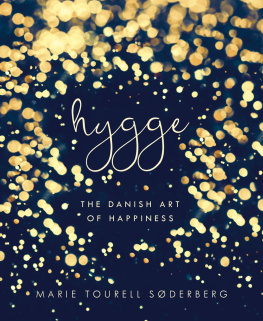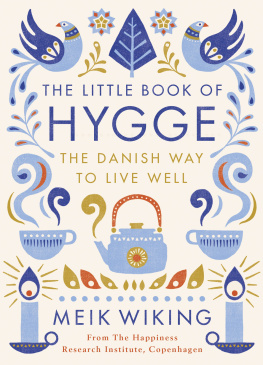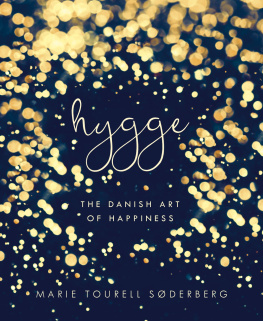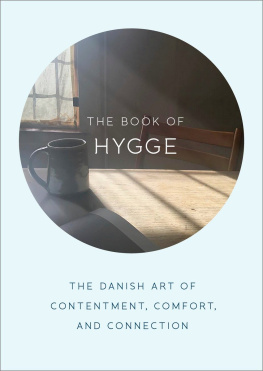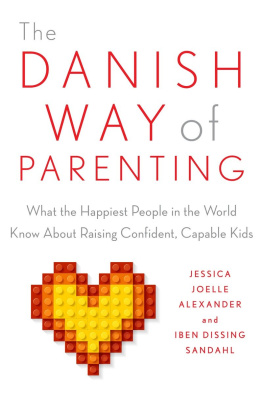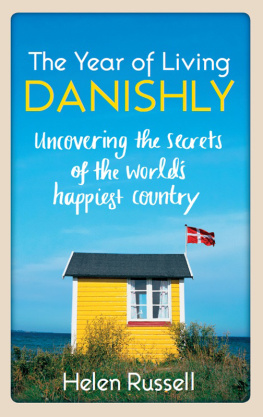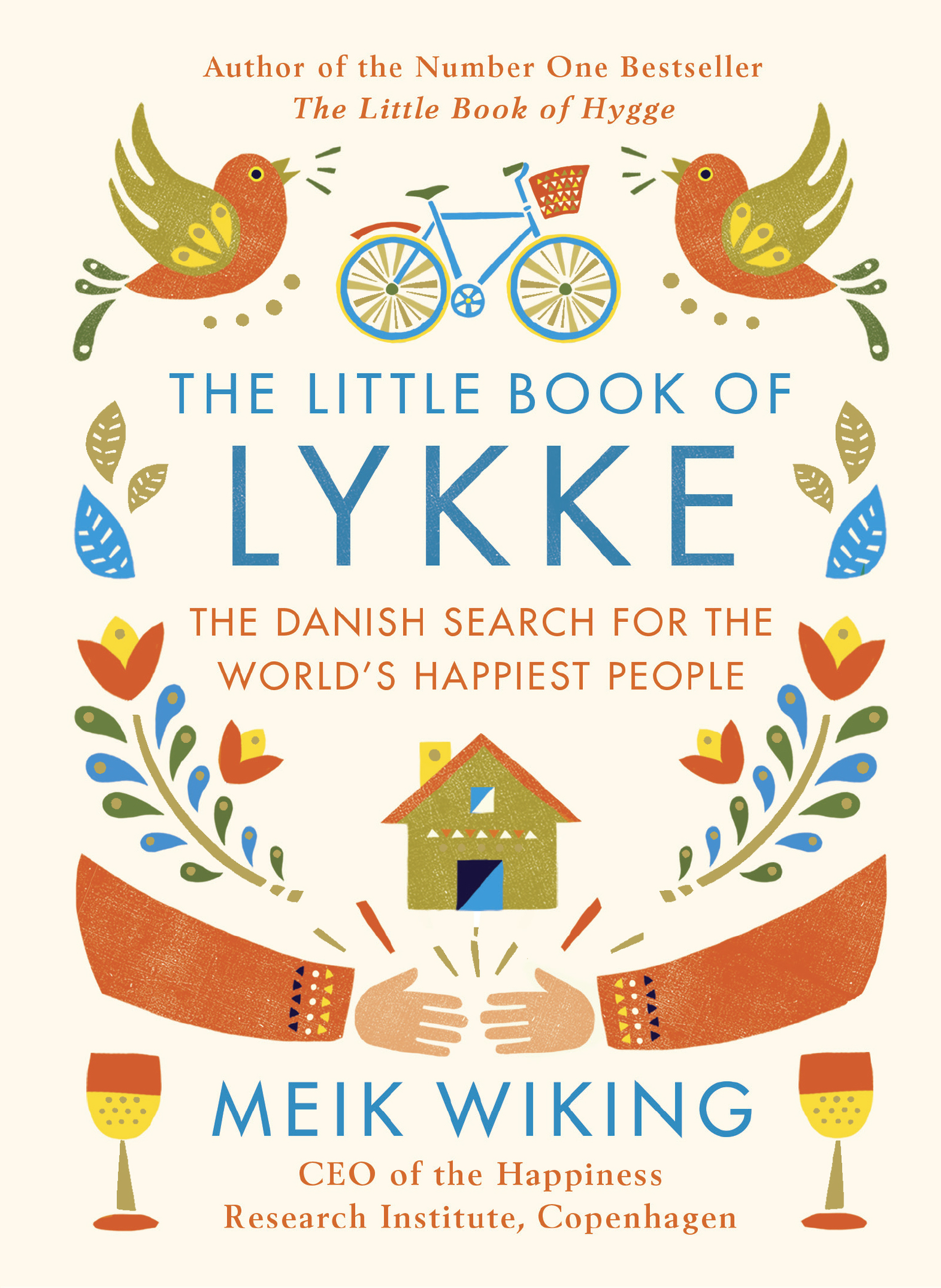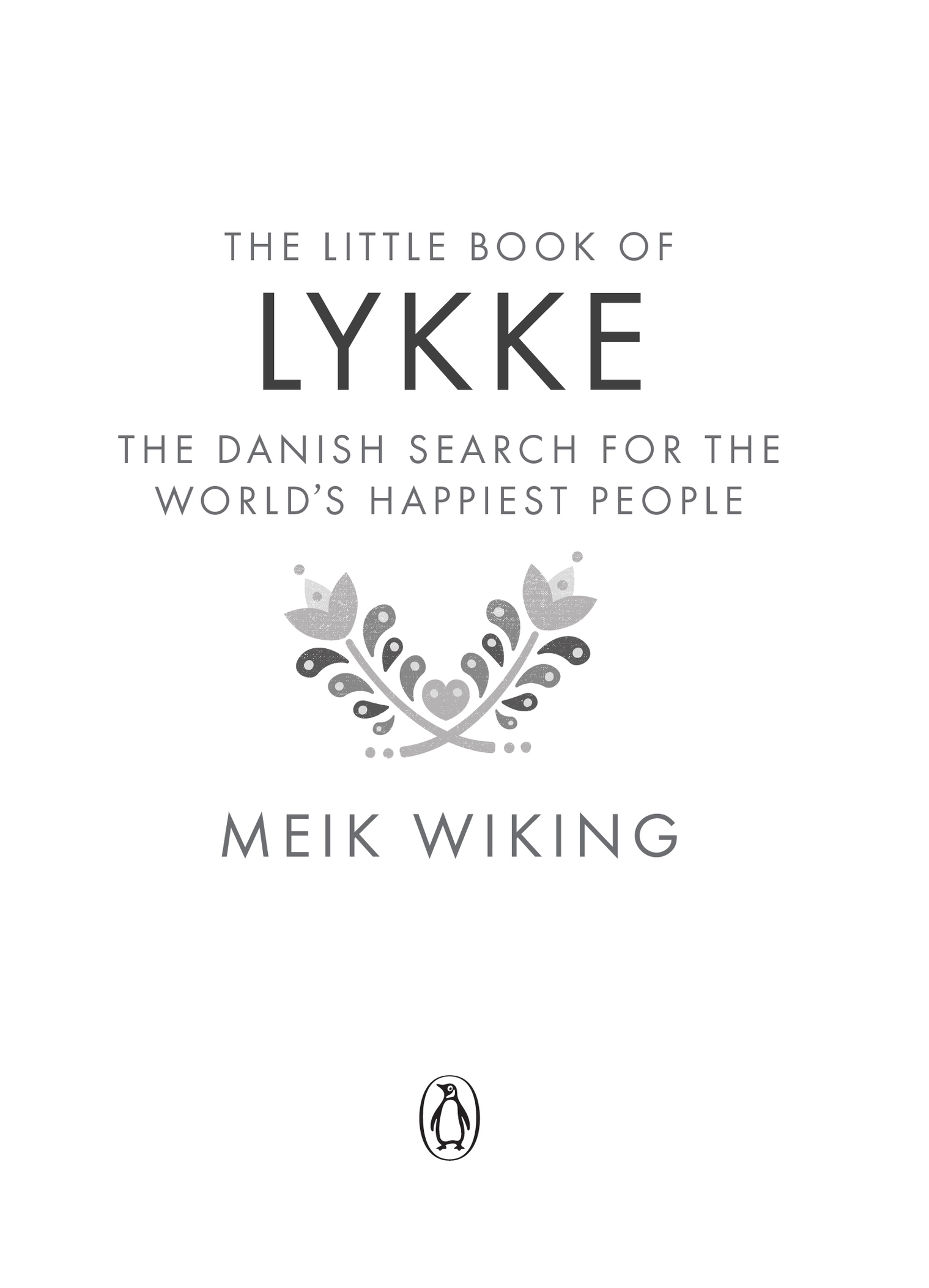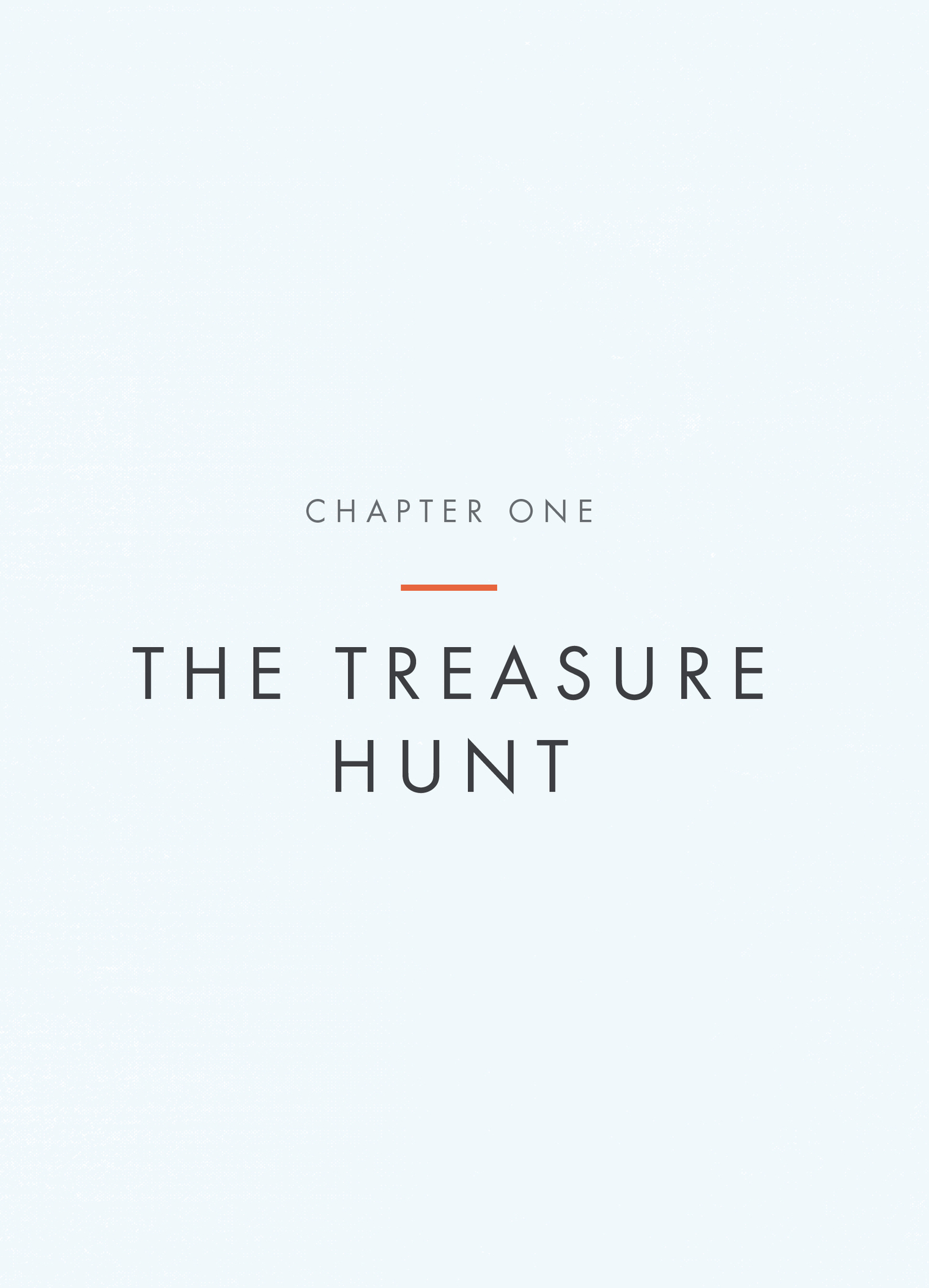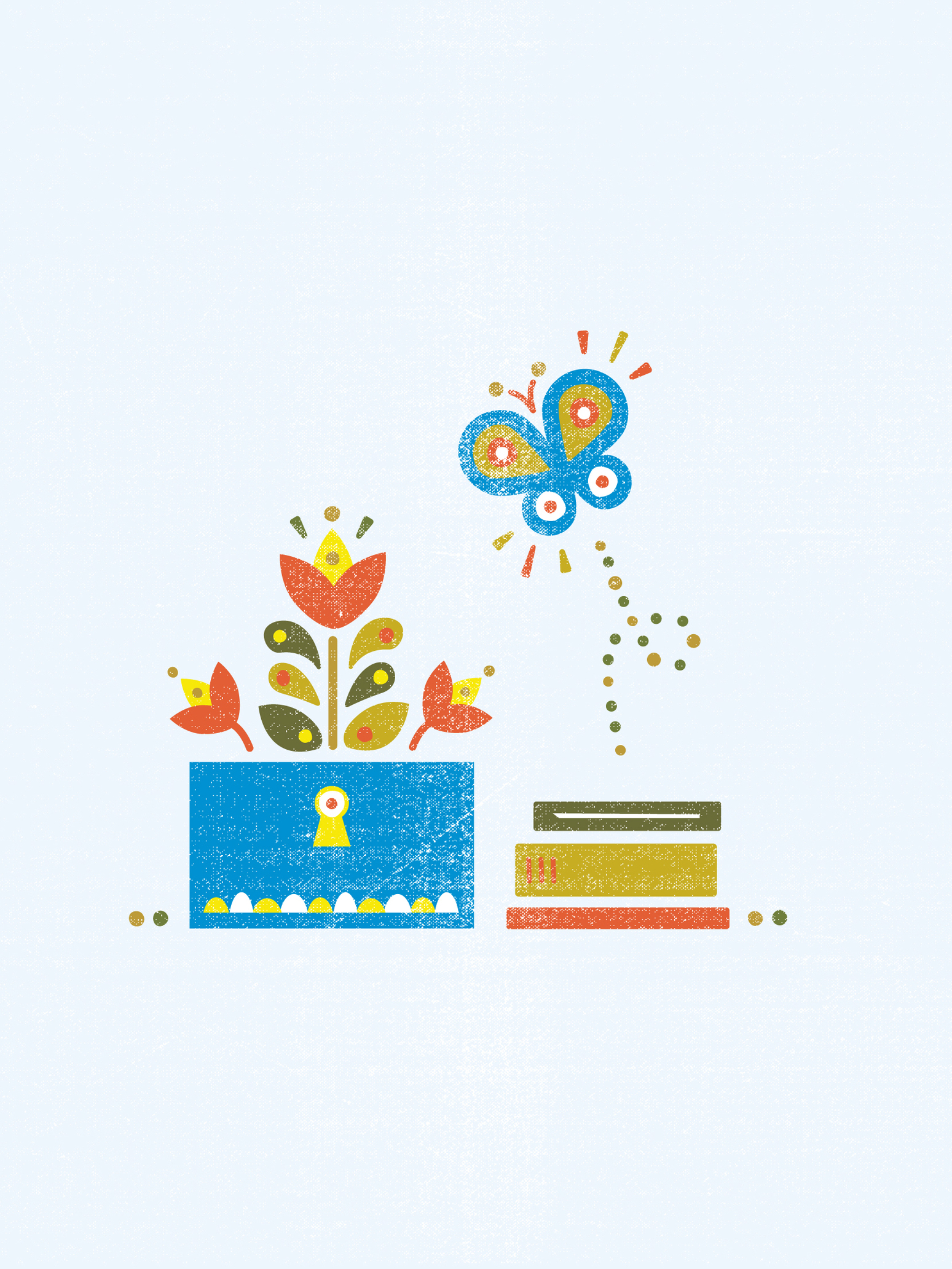Contents
PENGUIN
an imprint of Penguin Canada, a division of Penguin Random House Canada Limited
Canada USA UK Ireland Australia New Zealand India South Africa China
Published in Penguin hardcover by Penguin Canada, 2017
Simultaneously published in Great Britain by Penguin Life, an imprint of Penguin Random House
Copyright 2017 by Meik Wiking
Quote from The Two Towers by J.R.R. Tolkien the Tolkien Estate Limited, 1954, 1955, 1966. Reprinted by permission of HarperCollins Publishers Ltd.
All rights reserved. Without limiting the rights under copyright reserved above, no part of this publication may be reproduced, stored in or introduced into a retrieval system, or transmitted in any form or by any means (electronic, mechanical, photocopying, recording or otherwise), without the prior written permission of both the copyright owner and the above publisher of this book.
www.penguinrandomhouse.ca
LIBRARY AND ARCHIVES CANADA CATALOGUING IN PUBLICATION Wiking, Meik, author
The little book of lykke : the Danish search for the worlds happiest people / Meik Wiking.
Issued in print and electronic formats.
ISBN 9780735234895 (hardcover).ISBN 9780735234901 (electronic)
1. Happiness. 2. Conduct of life. I. Title.
BF637.S4W524 2017158C2017-902607-0
C2017-902608-9
Designed by Hampton Associates
Colour reproduction by Born
v4.1
a
CONTENTS
THE TREASURE HUNT
What are we holding on to, Sam?
That theres some good in this world, Mr Frodo. And its worth fighting for.
Like Tolkien, Hemingway once wrote that the world is a fine place and worth fighting for. These days, it is easier to notice the fighting rather than what is fine. It is easy to point towards the grey skies and dark clouds, but perhaps we all need to be more like Samwise the Stout-hearted (but preferably a bit less furry in the feet department) and see what is good in this world of ours.
A friend of mine, Rita, grew up in Latvia during the Soviet era. It may not have been Mordor, but it was a time of fear and mistrust, a time when every window was covered with a curtain and when communities were shaped by suspicion and scarcity. Occasionally, a truck carrying bananas would arrive from Vietnam. Not knowing when bananas would be available again, my friend and her family would buy as many as they could afford and could carry.
Then the waiting would begin, as the bananas would still be green and not ready to eat. They would place the fruit in a dark cabinet to make it ripen faster. Watching bananas turn from green to yellow was like magic in a city that was fifty shades of grey. As a child, Rita had thought only three colours existed: black, grey and brown. Her dad decided to change that and he took her on a treasure hunt around the city: to look for colour, for beauty and for the good in the world.
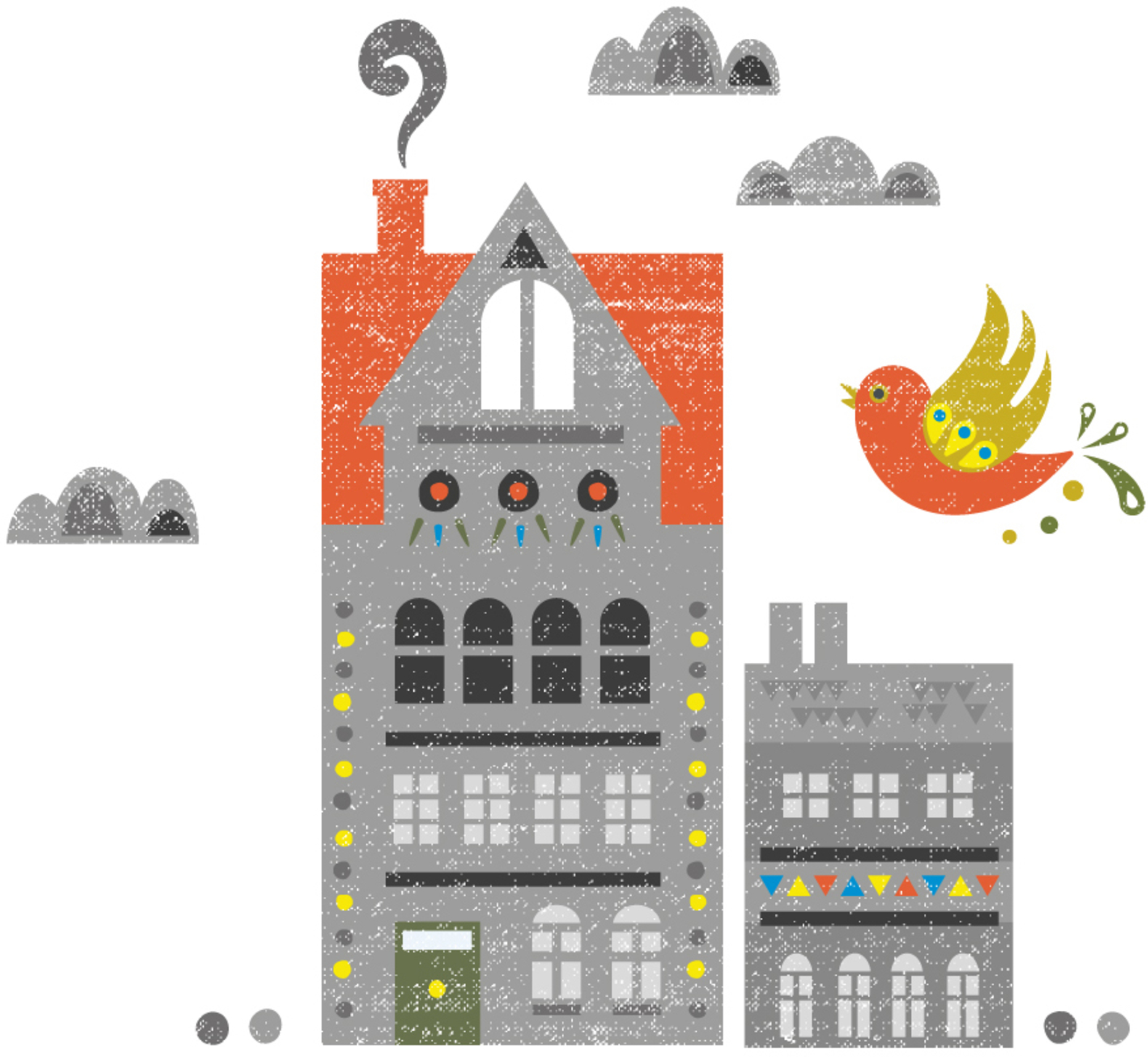

This is the intention of this book: to take you treasure hunting; to go in pursuit of happiness; to find the good that does exist in this world and to bring this into the light so that, together, we can help it spread. Books are wonderful idea-spreaders. My previous book, The Little Book of Hygge, shared the Danish concept of everyday happiness with the world. The book encouraged its readers to focus on the simple pleasures in life and, since its publication, I have received an avalanche of kind letters from around the world.
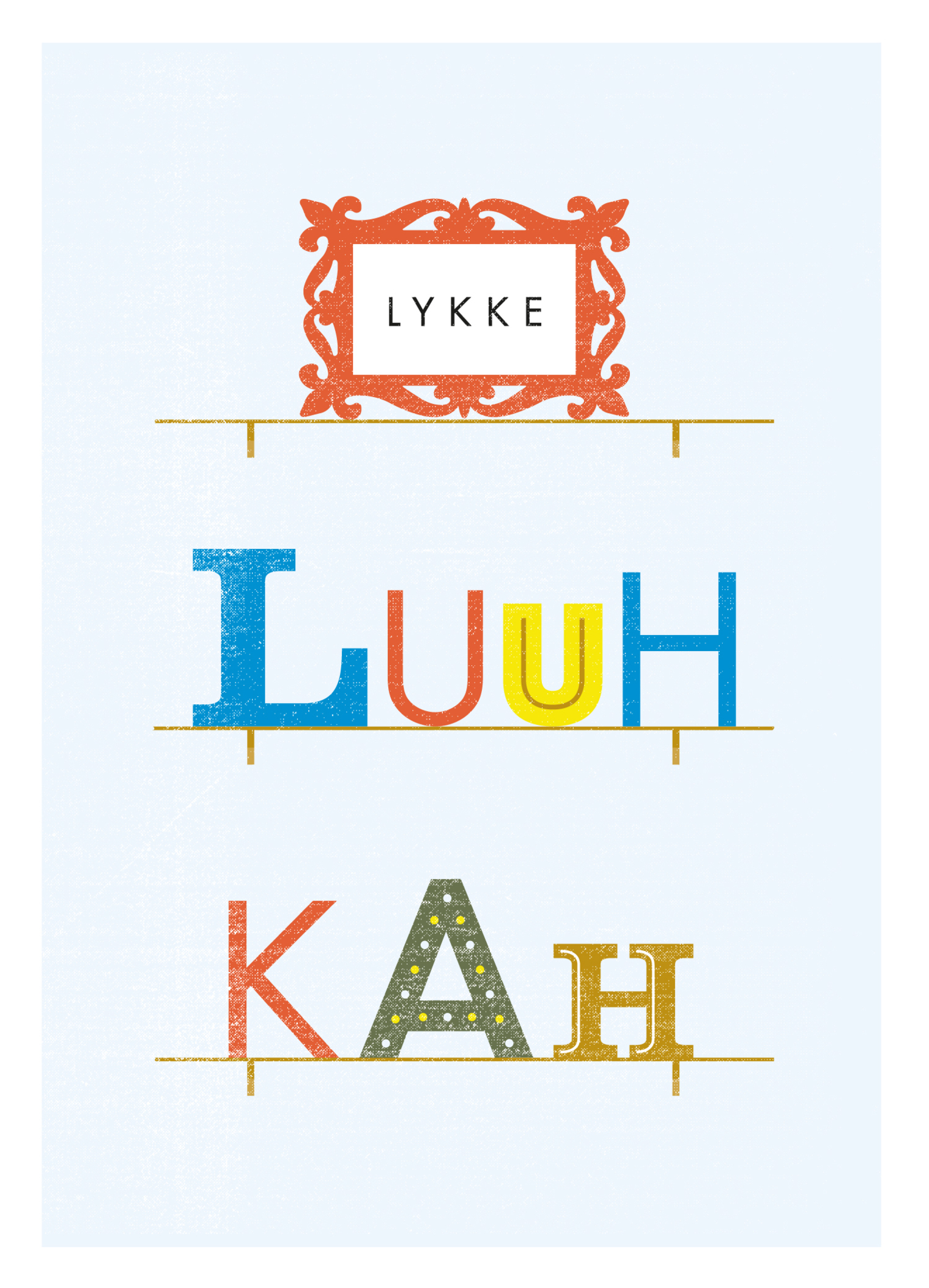

One of them was from Sarah, who teaches five-year-olds in the UK and has long had an interest in the mental health of children and how happiness has an impact on their capacity to learn. I have read your book and decided to introduce hygge into my classroom, she wrote. She told me how the class put up fairy lights, shared snacks, lit a candle and enjoyed story-time. We even put a YouTube video of a log fire on our interactive whiteboard to make it feel cosier. On these long winter days which seem so dreary after Christmas, it is cheering up the whole class and staff no end. I am trying to figure out how to measure the impact of this on the childrens well-being, but I guess the relaxed, smiling faces are measure enough!
That is essentially my job as CEO of the Happiness Research Institute in Copenhagen: to measure, understand and generate happiness. At the institute, we explore the causes and effects of human happiness and work towards improving the quality of life of people across the world.
My work has allowed me to talk to people from all four corners of the earth: from Copenhagen mayors to Mexican street food vendors, from Indian cab drivers to the Minister of Happiness in the United Arab Emirates. It has taught me two things. First of all, that we may be Danish, Mexican, Indian, Emirati, or any other nationality, but we are first and foremost humans. We are not as different from each other as we may think. The hopes of those in Copenhagen and Guadalajara and the dreams of those in New York, Delhi and Dubai all point towards the same beacon: happiness. Lykke is the Danish word for happiness, but you might refer to it as felicidad if you are Spanish, or Glck or bonheur if you are German or French. No matter what you call it, story-time will light up smiles in classrooms in the same way wherever you are in the world.
A couple of years ago, I was skiing with some friends in Italy. We had finished for the day and were enjoying the sun and coffee on the balcony of our cabin. Then somebody realized that we had leftover pizza in the fridge, and I exclaimed: Is this happiness? I think so. And I wasnt the only one. Despite the fact that my friends on the balcony were from different countries Denmark, India and the US we all felt that sharing food with friends in the soft warmth of a March sun, overlooking the beautiful, snow-covered mountains, was pretty damn close to happiness. We might have been born on different continents, raised in different cultures, schooled in different languages, but we all shared the same feeling that this was happiness.


